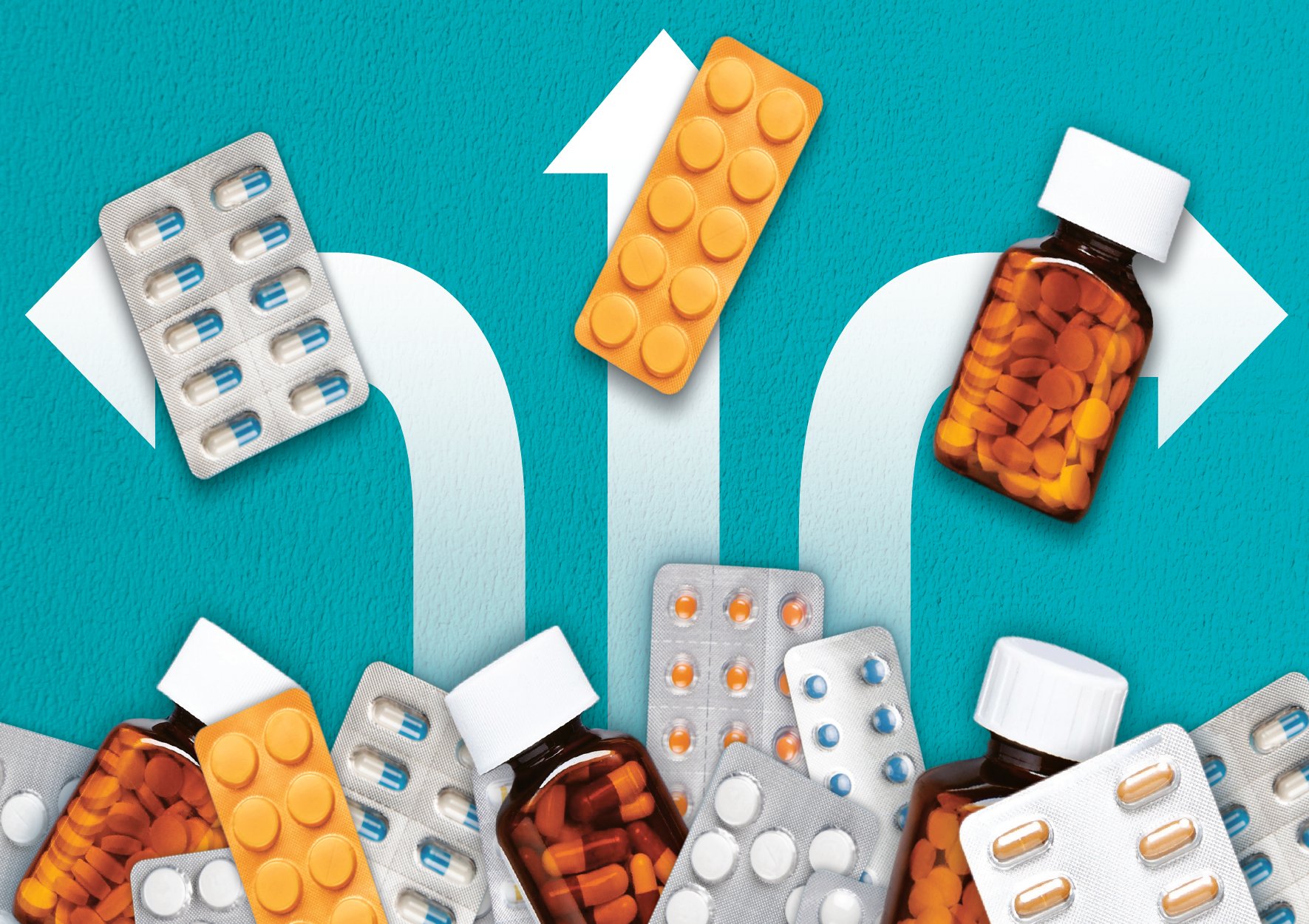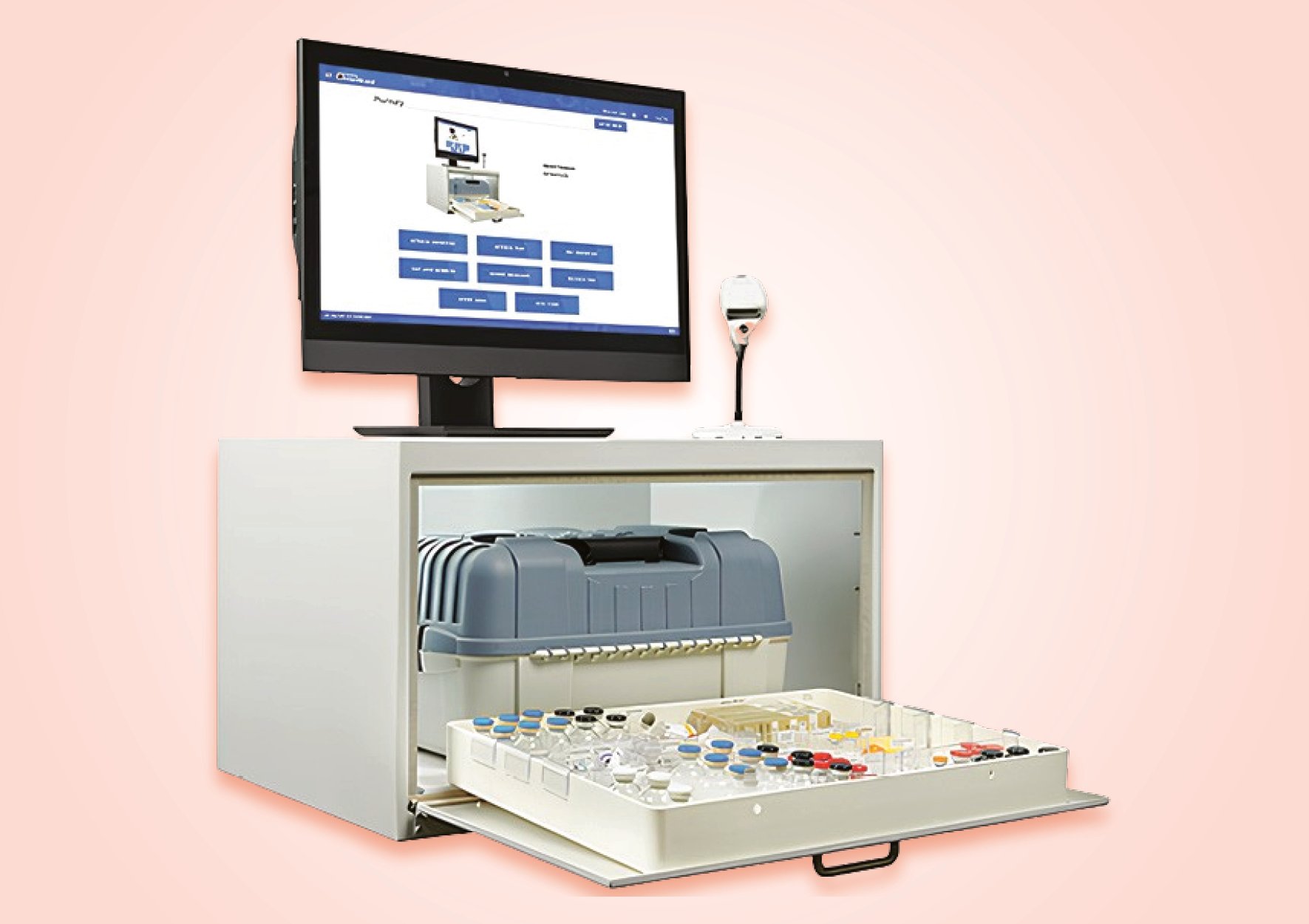- Show Menu
- Contact Us
- FAQs
- Reader Service
- Survey Data
- Survey Winners
- Testimonials
- Upcoming Events
- Webinars
- White Papers
OmniRx G4 ADCs from Omnicell
Spaulding Hospital Cambridge is a 180-bed, long-term acute care specialty hospital located in Cambridge, Massachusetts. The pharmacy department is staffed with 14.5 FTEs and employs a centralized pharmacist order entry model. While the pharmacy is not open 24 hours, it operates onsite seven days a week. During pharmacy after hours, our services are covered by a remote pharmacy order entry service.
Moving to Decentralized Medication Distribution
In order to support our growing network of patients and the concomitant increase in medication distribution, it became apparent a new system was necessary to streamline nursing and pharmacy workflow while maintaining secure medication management. To accomplish this, a group representing pharmacy, nursing, physicians, and senior management chose to move to a decentralized model for medication distribution in September 2010. However, while doing so, we quickly realized that medication labeling would present a challenge as our nurses were used to receiving patient-specific labels from the pharmacy, and in the cartless environment we envisioned with the implementation of automated dispensing cabinets (ADCs), the nurses would not receive medication labels in the same manner, which would force them to handwrite the labels themselves. We viewed this as presenting a clear risk to patient safety.
In the summer of 2011, as we moved from a hybrid system to a fully decentralized medication distribution model, we chose to implement Omnicell’s OmniRx G4 ADCs to help bring efficient management to the dispensing of medications throughout the hospital. We also chose to customize our G4 cabinets with specific software and hardware upgrades, including Omnicell’s integrated medication label printers. The printers, which are embedded in each ADC, allow the nursing staff to print individual, patient-specific labels for medications accessed and removed from the cabinet. In addition, we chose to include the Anywhere RN remote medication management software package. This system allows nurses to remotely access and select medication orders for the ADCs, thus reducing wait times at the cabinets. Lastly, we chose to implement the SinglePointe software package as well, which enables patient-specific and patient-supplied medications to be stored in and tracked by the ADC.

Implementation and Training
During the implementation and training process, it was important for us to ensure that all staff involved in medication distribution and administration, including the nursing, respiratory, and pharmacy departments, understood and felt comfortable using the G4 system. Omnicell provided a template of patient information, and we simply selected what we wanted to display and in what order. Omnicell representatives also came on-site for the initial product installation and offered support for any troubleshooting issues we encountered.
In general, our nurses responded favorably to the system and quickly adopted the medication label printer, finding it easy to use and effective in automatically printing clear, patient-specific labels. In a typical scenario, a nurse will select a patient either directly on the ADC or via AnywhereRN, select the product from the patient’s profile, and the appropriate drawer will open and illuminate. After removing the medication, a pop-up will appear on the screen directing the nurse to scan the product’s bar code—either a manufacturer’s bar code or one generated in the central pharmacy—to confirm it is the correct product for that patient. This then triggers the printer to print the appropriate, patient-specific label, which includes the patient’s ID number, name and date of birth, the dose, the medication order ID, who printed the label, and the date and time of printing. We have trained and reinforced that nurses must apply the printed label immediately to the product they have just removed. While this is an extra step, it adds a significant safety check and also supports compliance with the NPSG—03.04.01—regarding labeling medications that are issued but not immediately administered.
Process Improvements and Benefits
From the pharmacy’s perspective, the addition of medication label printers to the ADCs addresses not only our safety concerns with a cartless model, but also gives us the ability to supply more medications to the floor without worrying about the added time required to label each medication with patient-specific information in the pharmacy before sending them to the ADCs. This gives us the confidence to store medications, such as antibiotics that need patient-specific labels, in the cabinets because we know we can rely on the printer interface to produce the correct labels each time. In turn, the nurses no longer have to wait for the pharmacy to print out patient-specific labels and send them to the hospital floor.
Choosing to implement a sophisticated automated dispensing system in our hospital has helped us reach our goal of creating a fully decentralized model for medication distribution. Overall, this process brings medications closer to our patients and frees up pharmacy staff time in filling medication orders. We now handle the medication filling and checking on the front end, and placement of the medications in ADCs provides nursing with the convenient access they prefer.
Joseph F. Sacco, RPh, is the director of pharmacy services at Spaulding Hospital Cambridge in Cambridge, Massachusetts. Joe graduated from the Massachusetts College of Pharmacy in 1977 and serves as a student preceptor for the Massachusetts College of Pharmacy in institutional pharmacy practice and for the co-op program at the Northeastern University Bouvé College of Health Sciences’ School of Pharmacy.
Like what you've read? Please log in or create a free account to enjoy more of what www.pppmag.com has to offer.








